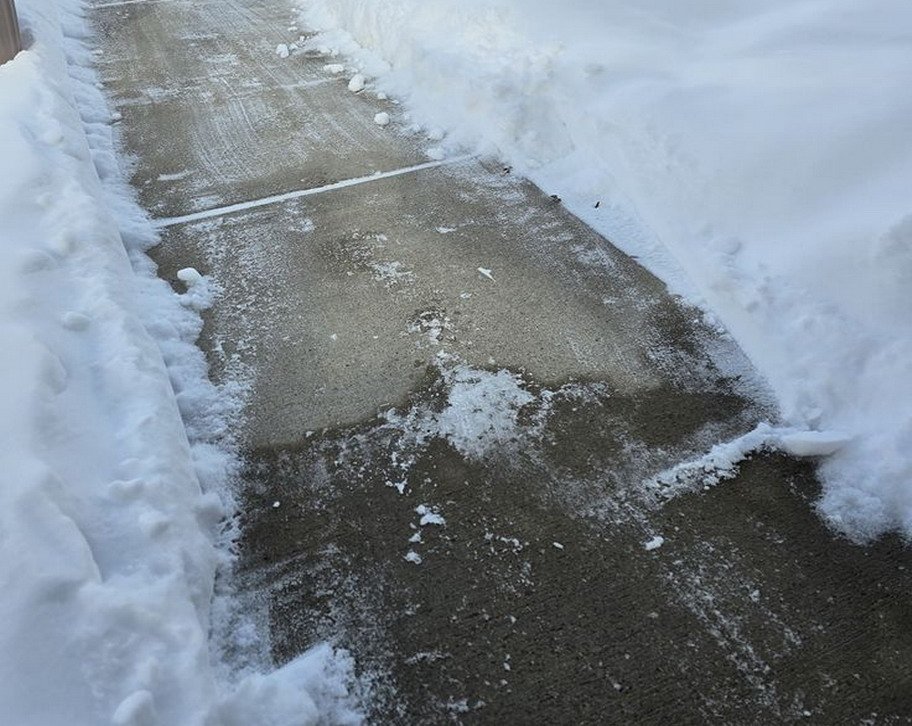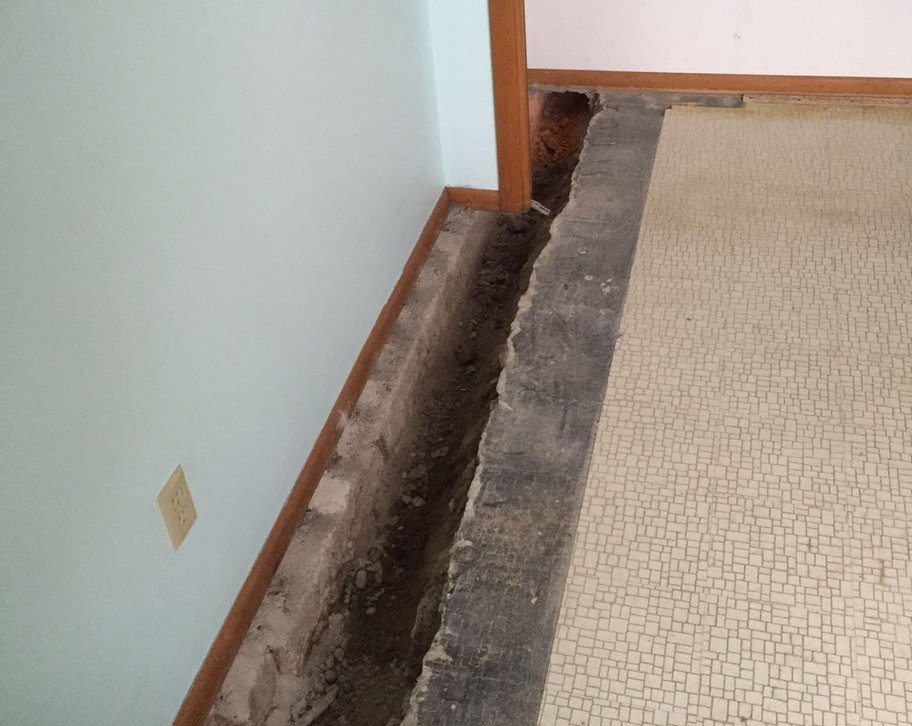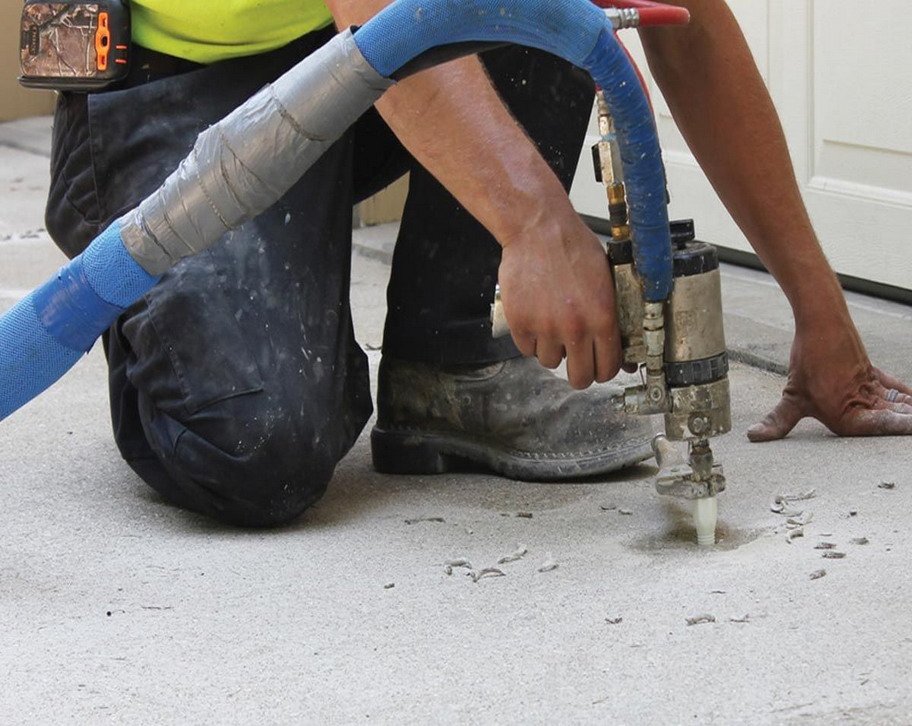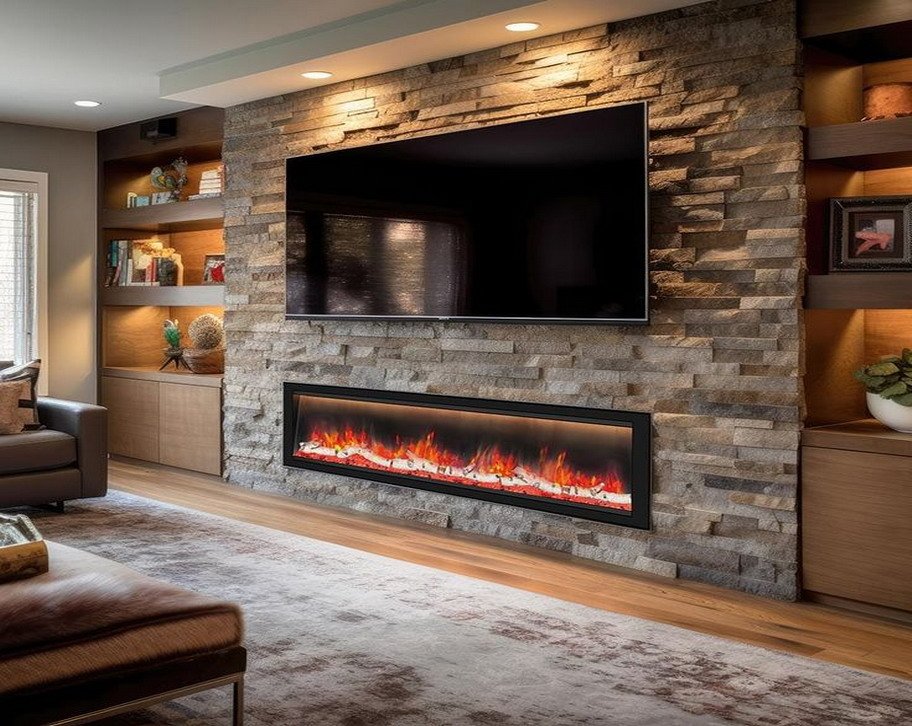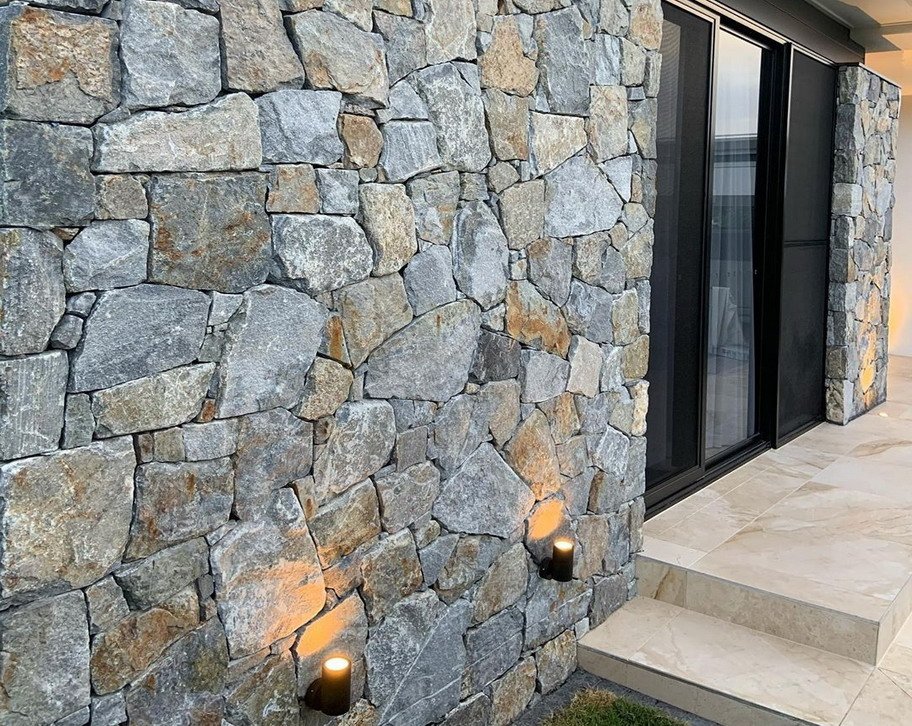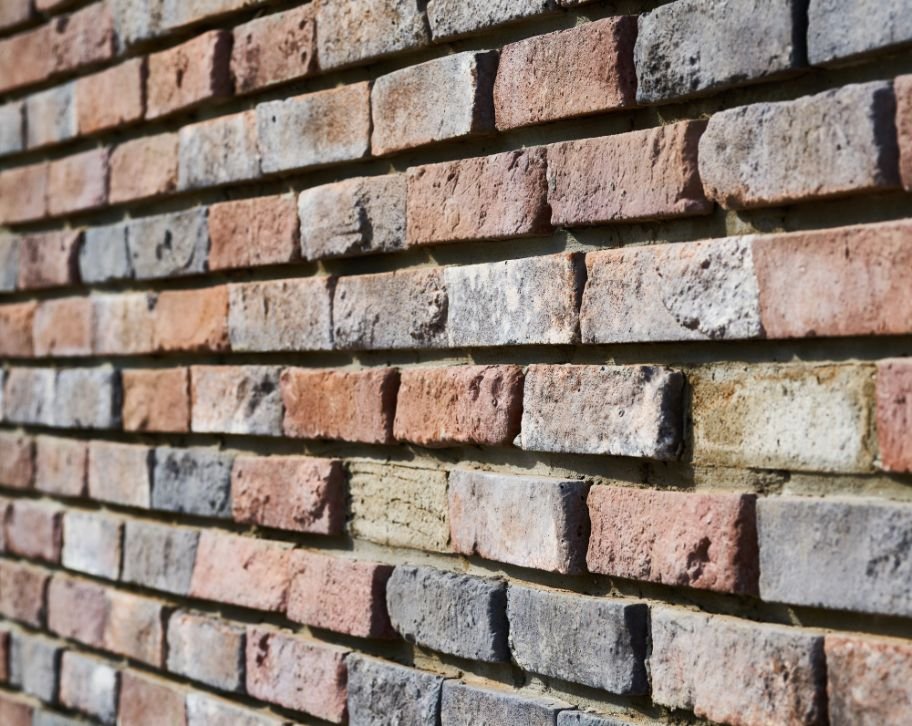How to Prevent Salt Damage to Concrete?
How to Prevent Salt Damage to Concrete? You might have noticed flaky patches or small cracks on your driveway or sidewalk during winter. That’s often the result of salt damage to concrete. When water and salt penetrate concrete surfaces, they start a chain of destructive events that can seriously harm your concrete structures. The freeze-thaw cycle plays a nasty role here. As temperatures drop, water within the concrete freezes and expands, creating internal pressure within the concrete matrix. Add salt to this mix, and you’ve got a recipe for concrete deterioration. The salt dissolves and seeps into every pore, making the concrete more porous over time. But it’s not just about freezing and thawing. Chemical reactions between salt (especially sodium chloride and calcium chloride) and your concrete surface can trigger scaling and spalling. This salt-induced damage doesn’t just affect the appearance of your concrete surfaces, it can threaten the structural integrity of your driveways, patios, and walkways. How salt damage the concrete? Physical Impact through freeze thaw cycles You might wonder how salt creates such havoc on your concrete surface. When snow and ice melt, the water mixed with de-icer seeps into every tiny pore in your concrete. During the freeze-thaw cycle, this trapped moisture expands, putting massive internal pressure on your concrete matrix. Salt makes this worse by letting water penetrate deeper into the concrete. This acts like the salt dissolves the ice, but that salty water keeps moving in and out of your concrete as temperatures rise and fall. This constant freezing and thawing leads to surface scaling and spalling, where chunks of your concrete start to break away. Chemical reactions and deterioration The damage doesn’t stop at physical effects. When calcium chloride or sodium chloride meets your concrete surface, they start a chain of chemical reactions. These reactions can turn your solid concrete into a more porous material, making it easier for water and more salt to seep in. Magnesium chloride, another common de-icer, can be particularly harsh on concrete. As these salts penetrate the concrete, they break down its internal structure. Over time, this salt exposure leads to concrete damage that goes beyond just surface deterioration, potentially threatening your driveway or patio’s structural integrity. How to analysis of deicing salts and their effects? Not all de-icers affect your concrete the same way. Common rock salt (sodium chloride) might be cheap, but it’s often harsh on concrete surfaces. It lowers the freezing point of water but can speed up concrete deterioration through aggressive freeze-thaw cycles. Calcium chloride works faster to melt ice than regular salt, but it can still cause significant concrete damage. When these salts penetrate your concrete’s porous surface, they trigger chemical reactions that weaken its structure over time. Looking for safer options to de-ice your driveway or patio? Consider alternatives that are gentler on concrete. While they might cost more, using less harmful de-icers can prevent salt damage and help maintain your concrete’s structural integrity through winter conditions. How to safeguard concrete from salt damage? Concrete mix design and materials selection Want to stop salt damage before it starts? It all begins with choosing the right concrete mix. Creating a less porous concrete surface means salt and water can’t easily penetrate through the material. This is your first defense against salt damage to concrete. Adding special ingredients to your concrete mix can help protect concrete from salt damage. The right sealer and air-entraining additives create tiny bubbles within the concrete that give water room to expand during freeze-thaw cycles, preventing concrete damage. For driveways and patios exposed to heavy salt use, consider using concrete mixes with special protective materials. These create a stronger barrier against chloride penetration and help maintain your concrete’s structural integrity through harsh winter conditions. Proper construction practices The life of your concrete depends heavily on how it’s installed. When pouring new concrete surfaces, proper curing time is essential. Rushing this process can make your concrete more porous and vulnerable to salt damage concrete issues later on. Your concrete’s surface treatment during installation matters too. Over-working the surface while water is still present can create weak spots where salt can easily penetrate. Think of it like creating tiny doorways that let salt and water sneak into your concrete matrix. Good drainage is another key factor in preventing salt damage to concrete. When you design your driveway or patio, make sure water has somewhere to go. Standing water mixed with de-icer can cause serious deterioration, especially during freeze-thaw cycles, leading to scaling and spalling of your concrete surface. 5 protective surface treatments and sealers Apply a quality penetrating sealer that creates a protective barrier against salt infiltration while maintaining your concrete’s natural look. Choose film-forming sealers like epoxy coatings when you need extra protection from heavy salt exposure in winter conditions. Consider using waterproofing concrete sealer that stops both water and salt from causing damage to your concrete surface. For driveways and walkways, use chemical resistance coating that specifically targets protection from calcium chloride and other de-icers. Regular maintenance with surface treatment helps prevent salt damage and extends the life of your concrete while reducing freeze-thaw effects. Maintenance and de-icing practices Smart winter care can help protect your concrete from salt damage. Start by removing snow quickly, before you need to use heavy amounts of de-icer. When you do need to melt ice, consider salt alternatives that are gentler on your concrete surface. Keep your concrete clean throughout winter. Salt residue left on your driveway or sidewalk can continue to penetrate and cause damage even after the snow is gone. Regular cleaning helps prevent salt from seeping into those tiny pores and causing deterioration. Watch for small cracks or signs of spalling, these are like open doors inviting salt damage to concrete. Fix these concrete issues promptly to create a stronger defense against salt. Remember, good traction doesn’t require excessive salt use. A little maintenance goes a long way in preventing salt damage on concrete and preserving your concrete’s structural integrity.

